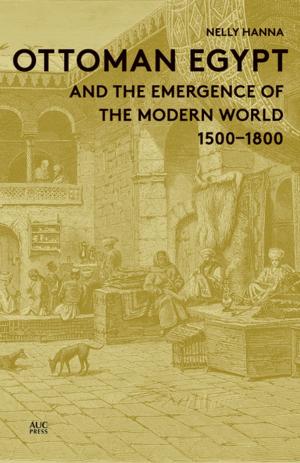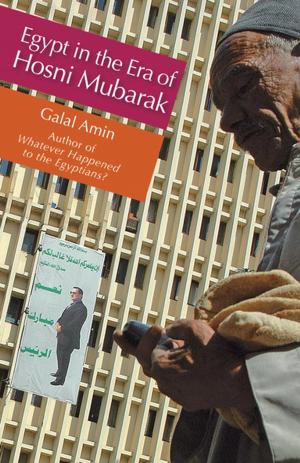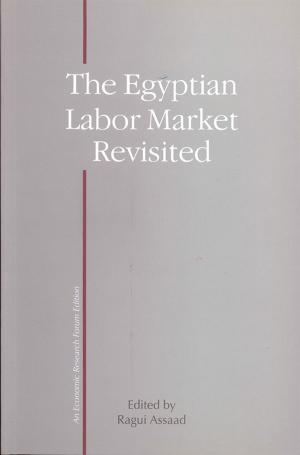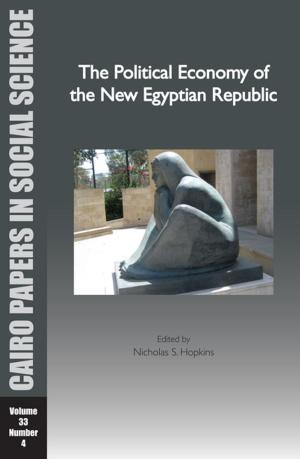The Changing Middle East
A New Look at Regional Dynamics
Nonfiction, Religion & Spirituality, Other Practices, Atheism, Social & Cultural Studies, Political Science| Author: | ISBN: | 9781617973864 | |
| Publisher: | The American University in Cairo Press | Publication: | October 1, 2011 |
| Imprint: | The American University in Cairo Press | Language: | English |
| Author: | |
| ISBN: | 9781617973864 |
| Publisher: | The American University in Cairo Press |
| Publication: | October 1, 2011 |
| Imprint: | The American University in Cairo Press |
| Language: | English |
In the era of globalization, change is the order of the day, but the conventional view of the Arab Middle East is that of a rigid and even stagnant region. This book counters the static perception and focuses instead on regional dynamics. After first discussing types of change, identifying catalysts, and tracing the evolution of the region over the last sixty years, the international team of contributors go on to evaluate the development of Arab civil society; examine the opportunities and challenges facing the Arab media; link the debates concerning Arab political thought to the evolving regional and international context; look at the transformation of armed Islamist movements into deradicalized factions; assess how and to what extent women’s empowerment is breaking down patriarchy; and analyze the rise of non-state actors such as Hizbollah and Hamas that rival central political authority. The book concludes with data tables that provide an easy quantitative guide to some aspects of these regional dynamics. Contributors: Rasha A. Abdulla, Ola AbouZeid, Omar Ashour, Julie C. Herrick, Amani Kandil, Hazem Kandil, Bahgat Korany.
In the era of globalization, change is the order of the day, but the conventional view of the Arab Middle East is that of a rigid and even stagnant region. This book counters the static perception and focuses instead on regional dynamics. After first discussing types of change, identifying catalysts, and tracing the evolution of the region over the last sixty years, the international team of contributors go on to evaluate the development of Arab civil society; examine the opportunities and challenges facing the Arab media; link the debates concerning Arab political thought to the evolving regional and international context; look at the transformation of armed Islamist movements into deradicalized factions; assess how and to what extent women’s empowerment is breaking down patriarchy; and analyze the rise of non-state actors such as Hizbollah and Hamas that rival central political authority. The book concludes with data tables that provide an easy quantitative guide to some aspects of these regional dynamics. Contributors: Rasha A. Abdulla, Ola AbouZeid, Omar Ashour, Julie C. Herrick, Amani Kandil, Hazem Kandil, Bahgat Korany.















